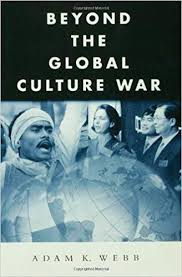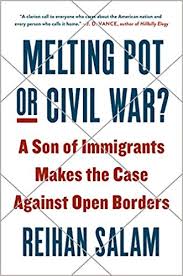When I came across news of slain Kashmiri militant Burhan Wani, I was struck by his last name. I had known for a while that Kashmiris had castes or as they call it ‘krams‘, like most other people of the subcontinent. And the Wanis are the kram of converts from the mercantile castes of Kashmir. On the wikipedia page linked above, Burhan Wani is listed as the only notable Wani. To understand how odd this is in the broader context of the subcontinent’s mercantile castes, imagine a (fictitious) militant ‘Altaf Agarwal’ being the only notable Agarwal or ‘Afzal Singhania’ being the only notable Bania.
To reflect further on the oddness of Kashmir’s Wanis, note that conversions of upper caste Hindus (Brahmin, Kshatriya, Vaishya) to Islam, although not completely absent, were quite rare. For example, in Punjab, Dr. Gopal Krishan (Punjab University) tells us,
Conversion was negligible from the higher castes such as Brahmins, Aroras, Khatris and Aggarwals.
There seem to be two major exceptions to this rule. The first are Sindhi, Punjabi and Kashmiri Rajputs (Soomra, Janjua, Bhatti, Rathar), who converted heavily to Islam. The other, less talked about exception are the Vaishya Wanis of the Kashmir valley. I have never heard of a Hindu Wani and the conversion to Islam seems near total. Such a total conversion of mercantile castes to Islam is not seen in any other region of India.
It would be interesting to know what explains the exceptional status of Wanis. This is not just interesting from a historical perspective, but could also be important in understanding contemporary developments. Consider the issue of Kashmir’s industrialization. A crude model of India’s early industrialization would be Brahmin technical/management education + Bania enterprise. Indeed, Aakar Patel points to the Brahmin-Bania complex as a hegemonic force in the economy of modern India,
HDFC is run by a Bania (Deepak Parekh), Hindustan Unilever is run by a Brahmin (Nitin Paranjpe), ICICI Bank is headed by a Brahmin (K.V. Kamath). Jaiprakash Associates is run by a Brahmin (Yogesh Gaur), L&T is run by a Brahmin (A.M. Naik), NTPC is run by a Brahmin (R.S. Sharma), ONGC is run by a Brahmin (also called R.S. Sharma). Reliance group firms are run by Banias (Mukesh and Anil Ambani), State Bank of India is run by a Brahmin (O.P. Bhatt), Sterlite Industries is run by a Bania (Anil Agarwal), Sun Pharma is run by a Bania (Dilip Shanghvi) and Tata Steel is run by a Brahmin (B. Muthuraman).
More examples are given in the linked Aakar Patel article. We can see that the Bania-Brahmin complex is spread across India, from South to North, West to East. In more recent years, there has even been a diffusion of skills and attitudes, with Brahmins moving into entrepreneurship and Banias into higher studies. In important ways, urban Brahmin-Banias are merging into a single caste.
Is it possible that the religious schism between the Kashmiri Brahmins and Wains possibly precluded such a complex from forming ? One could conjecture that this played an important part in slowing the industrialization of the region, and its economic integration with the rest of India.
In summary, what explains the total conversion of Kashmiri trading castes to Islam, a pattern not really seen anywhere else in the subcontinent ?
Did this effect industrial growth in Kashmir, and provide more reasons for the emergence of an insurgency there ?
 Over ten years ago I read Adam K. Webb’s Beyond the Global Culture War with some skepticism. In it, Webb outlined the future revitalization of non-Western societies and cultures and their ultimate face-off with global liberalism. It’s a really strange book, which talks positively about the Iranian Revolution and Rabindranath Tagore.
Over ten years ago I read Adam K. Webb’s Beyond the Global Culture War with some skepticism. In it, Webb outlined the future revitalization of non-Western societies and cultures and their ultimate face-off with global liberalism. It’s a really strange book, which talks positively about the Iranian Revolution and Rabindranath Tagore.

